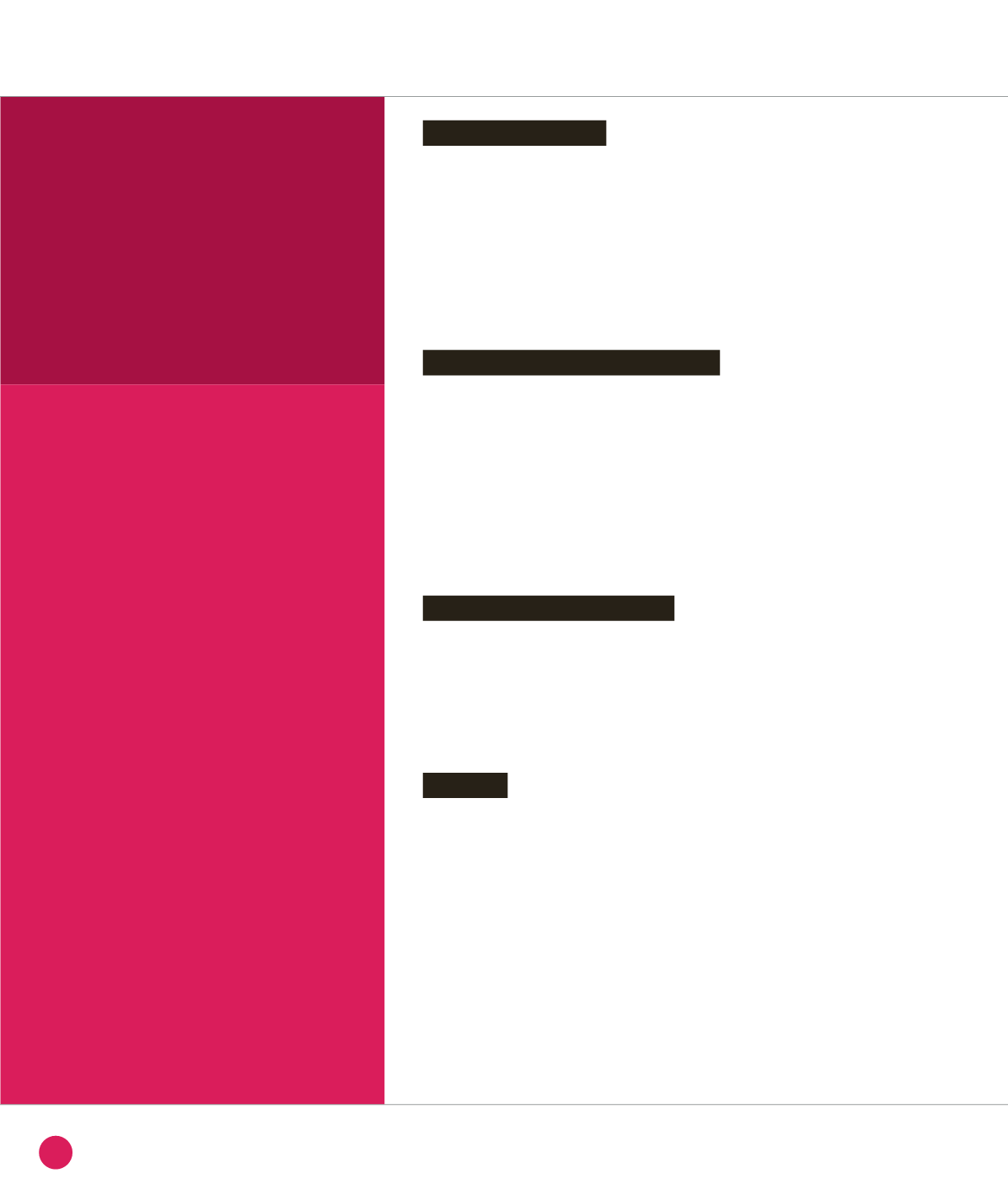
Fluorescent nanoplatelets
pile-up
Quantum nanoplatelets have recently been
discovered and are under the scrutiny of a
growing number of researchers due to their
exceptional optical properties. We show that
these colloidal nanoparticles stack one on
top of each other upon addition of a polar
solvent. A collective effect emerges from this
self-assembly and a new optical line appears
in the emission spectrum.
Quantum dots are semi-conducting
nanoparticles which, due to quantum
confinement, emit light at a tunable
wavelength in the visible range.
Discovered 25 years ago, these
fascinating objects have drawn the
attention of numerous research groups
since they present significant enhanced
properties as compared to classical
molecular fluorophores such as reduced
photobleaching, finely tunable emission
wavelength or the possibility to excite
simultaneously quantum dots of different
sizes. Meanwhile, applications taking
advantage of these properties have came
to reality and TV displays containing
quantum dots will be sold to consumers
next year.
The first discovered quantum dots were
spherical and the quantum confinement
occurs in 3 dimensions. In 2008, CdSe
nanoplatelets were discovered [1] and,
since then, a growing interest has been
dedicated to the solution synthesis of
these two-dimensional nanoparticles.
After purification, the nanoplatelets are
coated with a layer of surfactant and can
be dispersed in apolar organic solvents.
Importantly, their thickness can be
controlled at the atomic level and it is
possible to obtain a sample containing
only platelets being 4, 5, 6 or 7 CdSe
monolayers thick. These nanoplatelets
exhibit original optical properties including
narrow fluorescence emission, high
fluorescence quantum yield, and ultrafast
fluorescence lifetime [2].
If a single nanoparticle has a given
physical property, bringing one or several
other particles in close contact can lead
to a coupling between them through
various physical effects. Eventually, a
new or enhanced property can emerge.
Hence, one has to take into account
superstructures which can appear in
solution or upon drying to assess correctly
the relevant optical features of nano-
objects.
In the case of quantum platelets, we have
shown using Small Angle X-ray Scattering
(SAXS) performed on the SWING beamline
that under certain experimental conditions,
they stack one on top of each other to
yield long nanoplatelet ribbons (figure
➋
).
When dispersed in an organic solvent
(such as hexane or toluene), solutions of
CdSe nanoplatelets exhibit a monotonously
decaying SAXS pattern characteristic of
well-separated nano-objects. In contrast,
when we add a more polar solvent to the
dispersion (such as ethanol for example),
intense Bragg peaks appear in the SAXS
patterns. These peaks appear at scattering
vectors (q) values evenly spaced of q*,
2q*, 3q* where q*=1.233 nm
-1
. This is
characteristic of one dimension columnar
assemblies of nanoparticles with an inter
particle spacing of 5.1 nm. When an polar
solvent is added, the increase in polarity
favors the self-assembly of the platelets
in such a way that the contact of the
ligand with the solvent is minimal. Upon
addition of ethanol the polymer chain of
the ligand passes from good to bad solvent
conditions and ligand/ligand interactions
become energetically favored over ligand/
solvent interactions.
Bright nanoparticles
Quantum platelets: shape matters
Collective properties ahead?
Stacking
CHEMISTRY AND PHYSICAL CHEMISTRY, NANOCHEMISTRY
46
SYNCHROTRON
HIGHLIGHTS
2013


